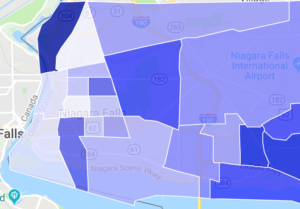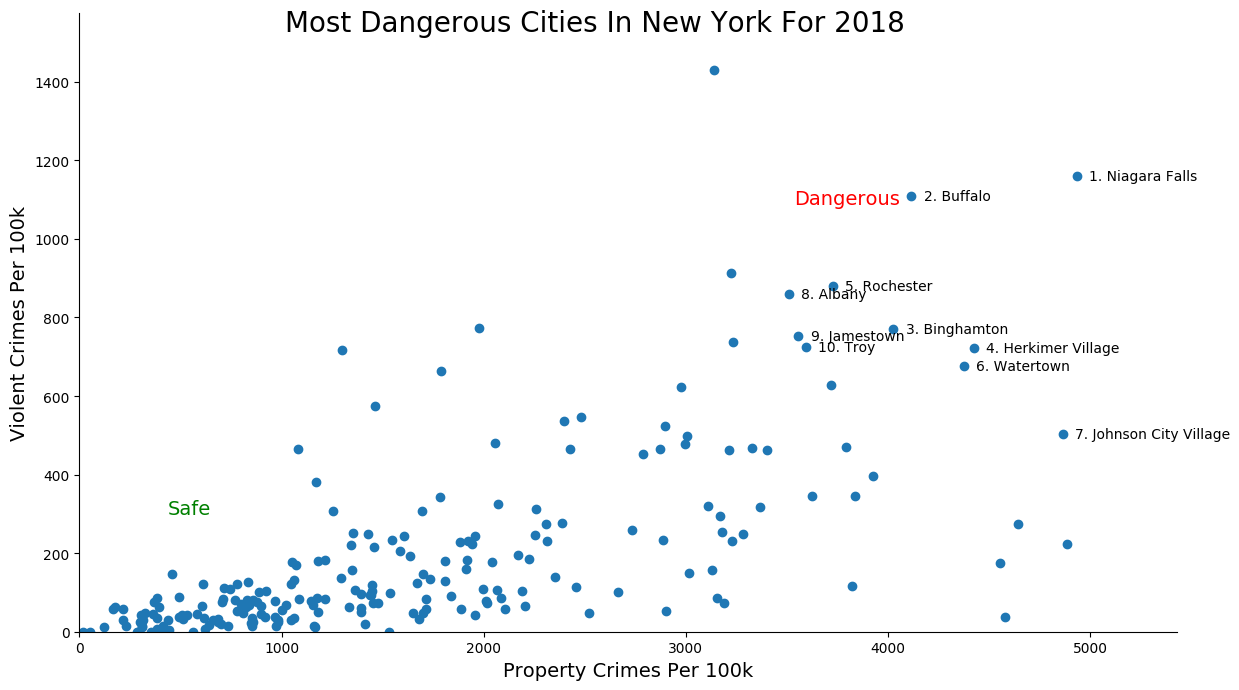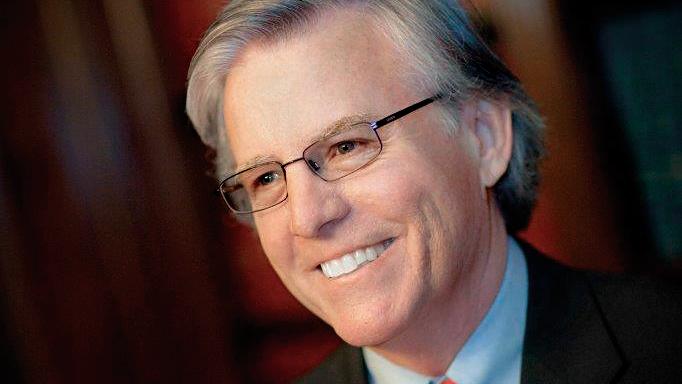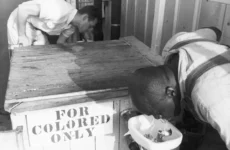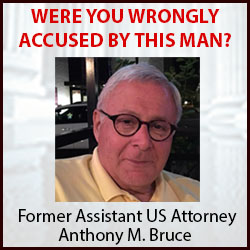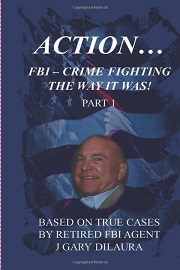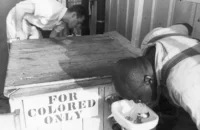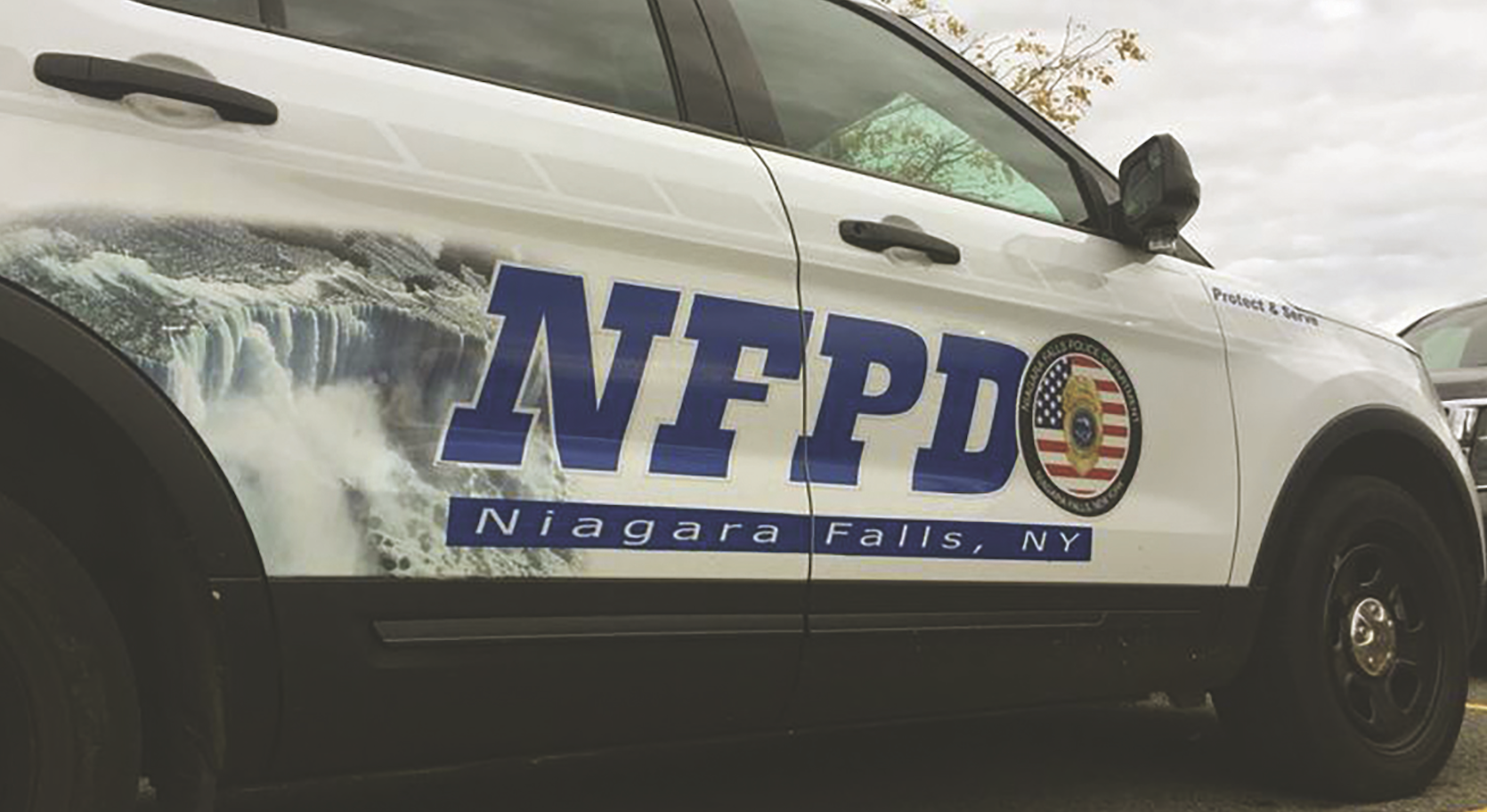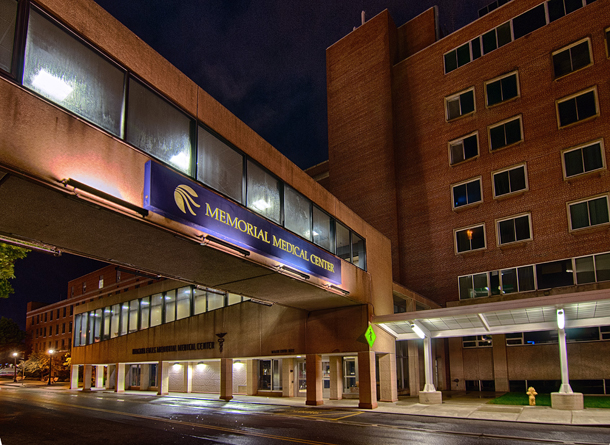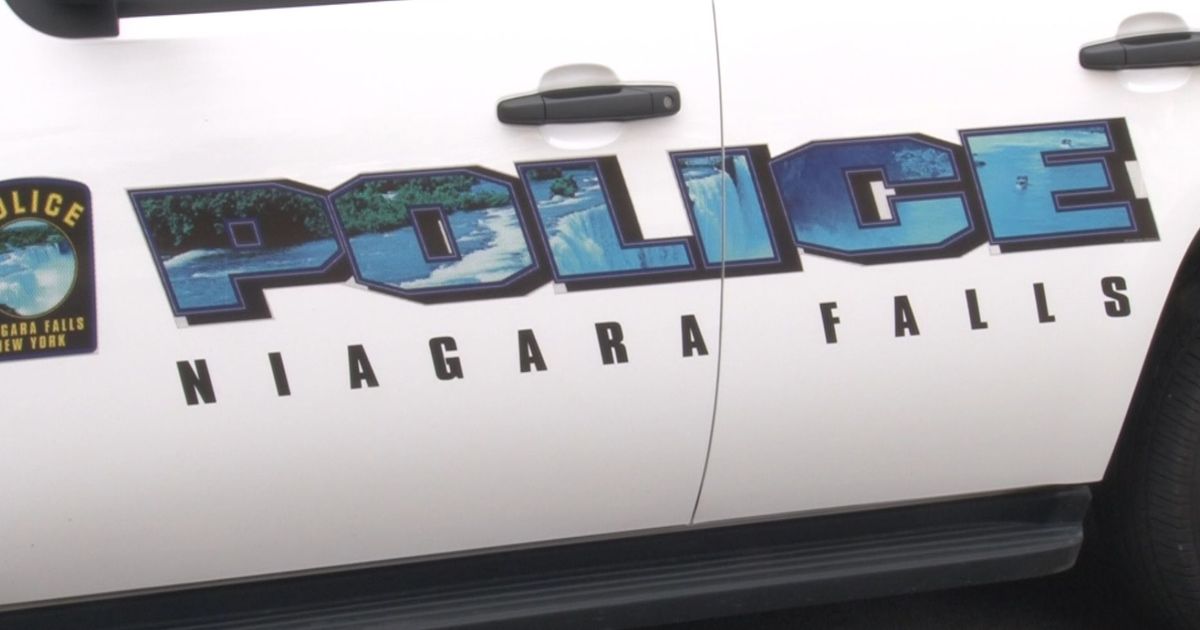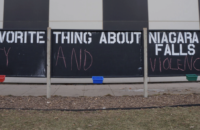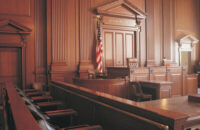Please click the link below to subscribe to a FREE PDF version of each print edition of the Niagara Reporter
http://eepurl.com/dnsYM9
(The darker areas are the safest areas in Niagara Falls. The lightest areas are the most dangerous/where most of the crime occurs)
During his State of the City Address, delivered at Niagara Falls High School on February 27th, Mayor Paul Dyster painted a glowing picture of Niagara Falls before a crowd of City Hall em- ployees, high school students and a few residents.
There were a number of topics discussed during his 49 minute speech. If you ask the mayor, Niagara Falls and its residents never had it so good.
The theme for his speech was Niagara Falls “on a roll.”
Mayor Dyster’s remarks on crime in Niagara Falls caught the attention of many residents – even those not in attendance – for it seemed to some that Mayor Dyster was suggesting crime was down and not in a small way.
“[B]ecause of many Niagara Falls Police Department initiatives,” he said “… crime rate is down 5%. Robberies are down 10% over the past five years and use of force incidents have continued to decline since 2014, for a total decrease of 53% over the past four years… those are some encouraging numbers.”
Lumping use of force incidents which are not crimes into a statement about crime being down is an odd way of expressing things and a little misleading.
Crime is down 5%
Robberies down 10%
Use of Force incidents down since 2014 for a total decrease of 53%
Adding a police “use of force” statistic in the same sentence as crime statistics was misleading. It needed some prefatory remark.
Some were misled into thinking the mayor said that crimes involving force were down 53 percent.
Use of force incidents are when police use force on a civilian and not an indicator of crime. It indicates that police used some kind of force – either justified or not – to subdue or intimidate an individual. [Putting handcuffs on a person is not considered use of force. Pulling a gun to prevent a suspect from fleeing is a use of force incident.]
As to crime overall, Dyster has little to say. Niagara Falls is not on a roll.
Crime is high and seems to be high on everyone’s mind who lives here.
Had the mayor prefaced his remarks with such a sentiment, his speech might have been more palatable instead of being the object of derision to some who heard his remarks.
For instance, had Mayor Dyster said, “Crime is bad in our city. People are concerned. We still have a long way to go. Our crime rates are unacceptable – but the good news is they have dropped slightly,” everyone would applaud him.
Instead the mayor – who in 10 years of serving the city has not succeeded in making it safe – talks as if the crime problem that plagues this city is nearly resolved, and adds that police use of force incidents are down.
But let us examine whether the mayor was right about crime going down.
The Uniform Crime Reports (UCR) compiled by the FBI are available up until 2016 [the UCR has not been com- piled for 2017).
Perhaps, the most important crime statistic is violent crime.
It dropped a little.
Violent crimes have gone down slightly:
2013: 584
2014: 581
2015: 555
2016: 565
[Curiously, for the last four years – three murders were reported in each year.]
Rape [many of which are not reported] has gone up slightly.
2013: 12
2014: 26
2015: 32
2016: 14
Robberies are up – not down as Dyster said:
2013:166
2014: 161
2015: 156
2016:199
Aggravated assaults dropped:
2013: 403
2014: 391
2015: 364
2016: 349
Property crimes down more than 10 percent:
2013: 2,807
2014: 2,641
2015: 2,526
2016: 2,402
Burglaries down:
2013: 746
2014: 650
2015: 615
2016: 551
Theft down significantly:
2013: 1,949
2014: 1,858
2015: 1,781
2016: 1,665
Motor vehicle theft increased.
2013: 112
2014: 113
2015: 130
2016: 186
Total crimes reported dropped more than 10 percent:
2013: 6,782
2014: 6,444
2015: 6,162
2016: 5,934
Although there is some improvement, these minor decreases merely mirror lowering crime nationally. Crime is still high in Niagara Falls.
Based on the data, in 2016, a resident of Niagara Falls had more than a 12% chance of becoming a victim of a crime. This is more than five times the national average.
Roadsnacks.com, a data analyzing website, ranked Niagara Falls as the most dangerous place to live in New York State based on 2016 UCR data.
Neighborhood Scout, another website dedicated to compiling data, described Niagara Falls as “one of the highest crime rates in America compared to all communities of all sizes – from the smallest towns to the very largest cities.”
Neighborhood Scout concluded that “one’s chance of becoming a victim of either violent or property crime here is one in 16.
Within New York, more than 100% of the communities have a lower crime rate than Niagara Falls. In fact, after researching dangerous places to live, NeighborhoodScout found Niagara Falls to be one of the top 100 most dangerous cities in the U.S.A.”
While Mayor Dyster says crime has gone down – and technically he is right – hardly a day goes by in Niagara Falls when residents don’t hear of a shooting, stabbing, robbery, assault, or theft.
If Mayor Dyster had addressed this instead of representing that Niagara Falls is on a roll, it would have inspired confidence, and that in itself gives people hope and gets them on a roll.
Please click the link below to subscribe to a FREE PDF version of each print edition of the Niagara Reporter

